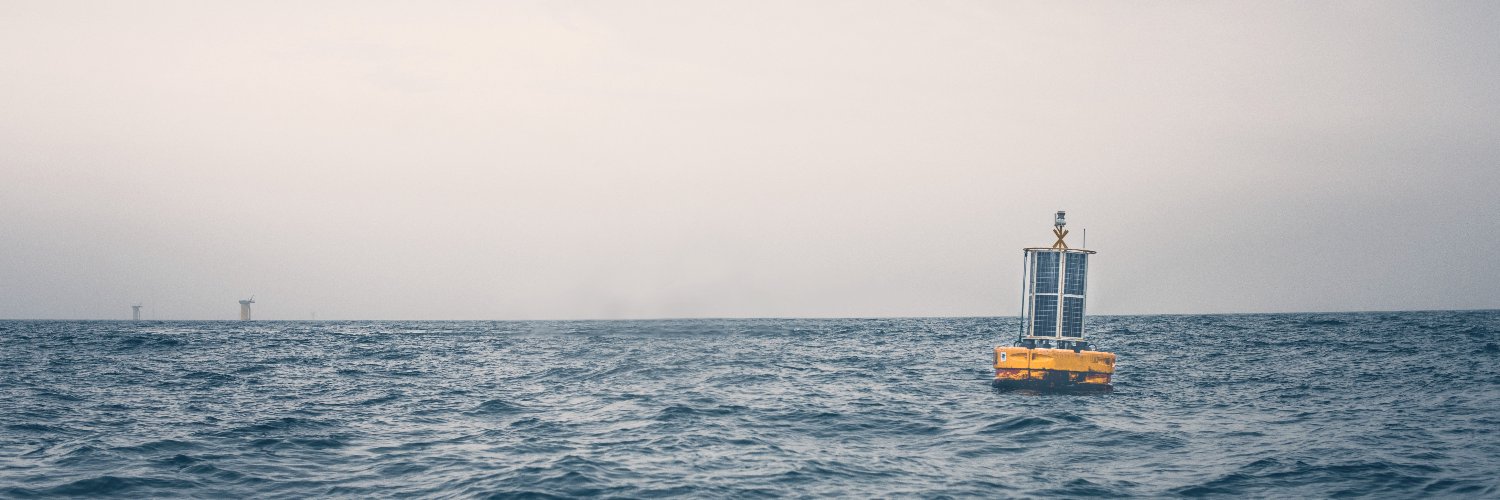
GEORGE
@GeorgeEUproject
GEORGE is a Horizon Europe-funded project that develops novel technologies to improve ocean observations. http://george-project.eu
GEORGE is a #HorizonEurope funded project that brings together 28 European partners to advance autonomous #ocean observations. Together, we improve #biogeochemical ocean observations for better science and decision-making. 🌊 Find out more in the video below.
🚢 The expedition to the Porcupine Abyssal Plain site, where new sensors and samplers developed in GEORGE were tested, concluded a week ago. Learn more about the scientific aims of the expedition and future plans in a @NOCnews blog post 👉 blogs.noc.ac.uk/jc278-pap-ocea…
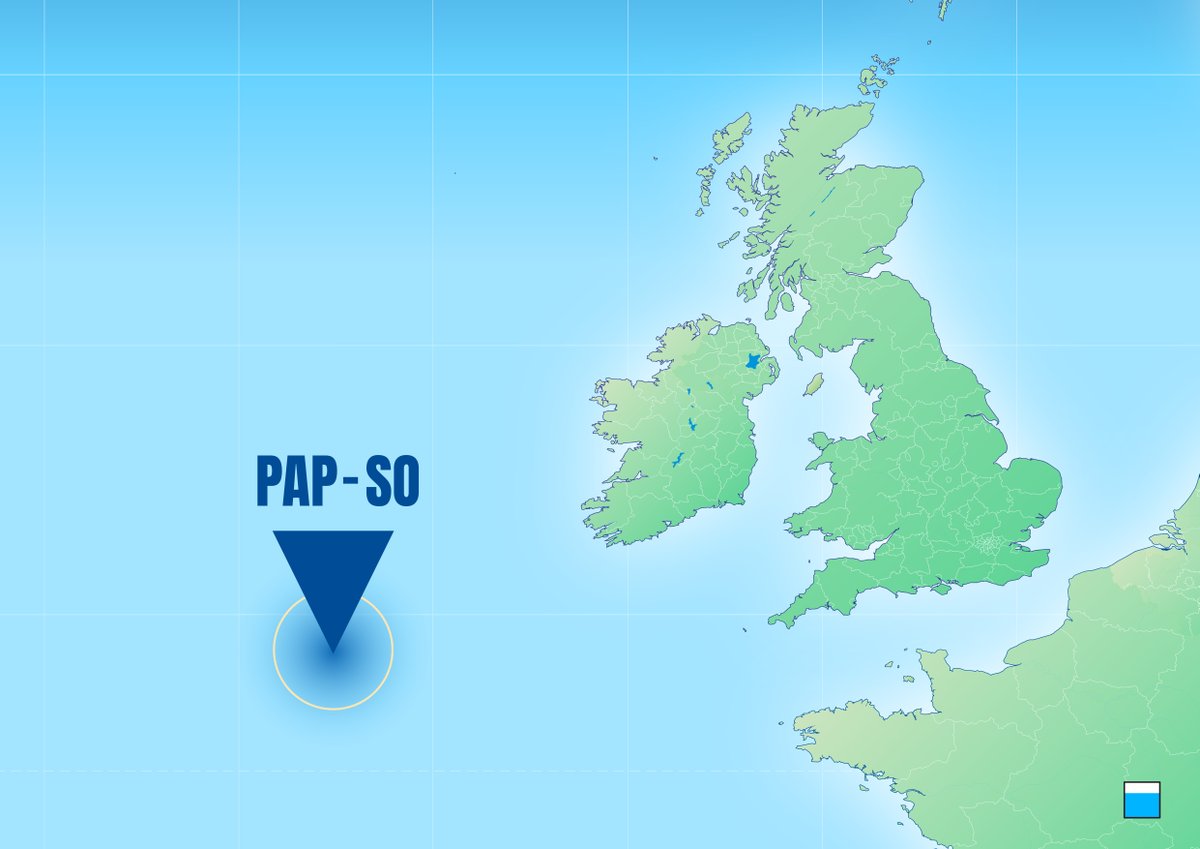
The RRS James Cook has now returned to Southampton, UK, marking the end of a 24-day expedition to the Porcupine Abyssal Plain, where GEORGE technologies tested in deep-sea conditions. Welcome back, everyone! 🚢 #AutonomousOceanObservations #OceanCarbonObservations #HorizonEurope
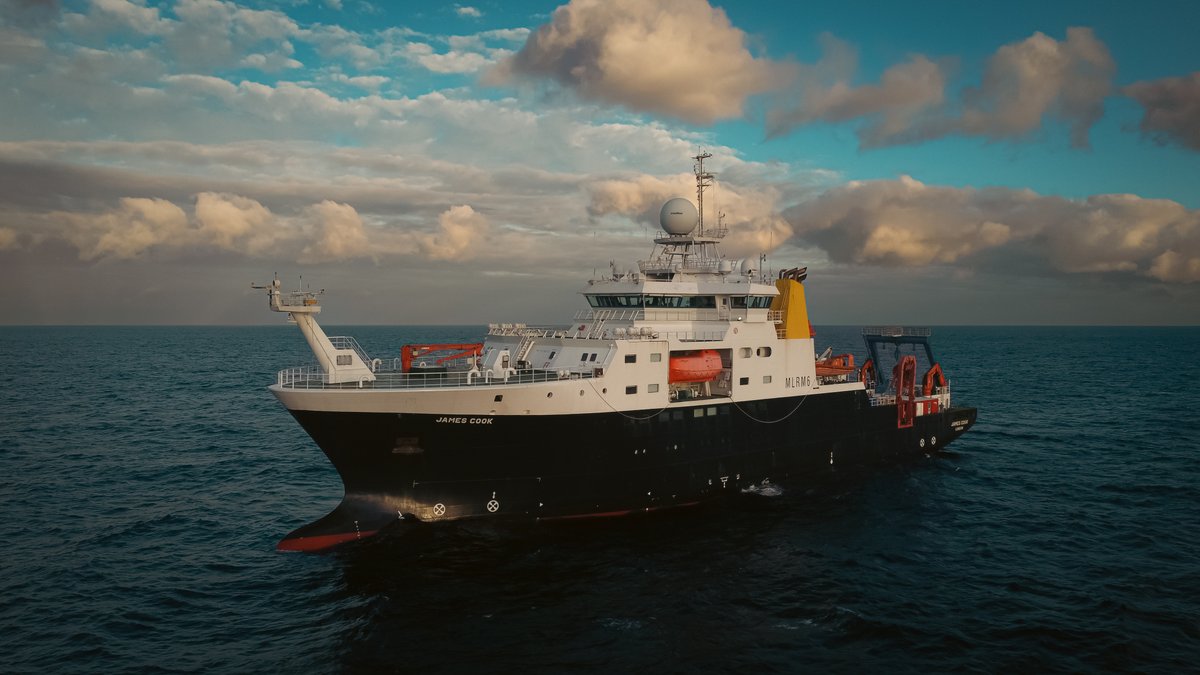
Happy #WorldOceansDay! GEORGE teams are hard at work 500 km off Ireland’s coast at the Porcupine Abyssal Plain, testing new autonomous sensors and samplers developed in GEORGE. Hats off to them for advancing our understanding of the ocean! 🫡 🌊 @NOC_news @Ifremer_fr @alseamar
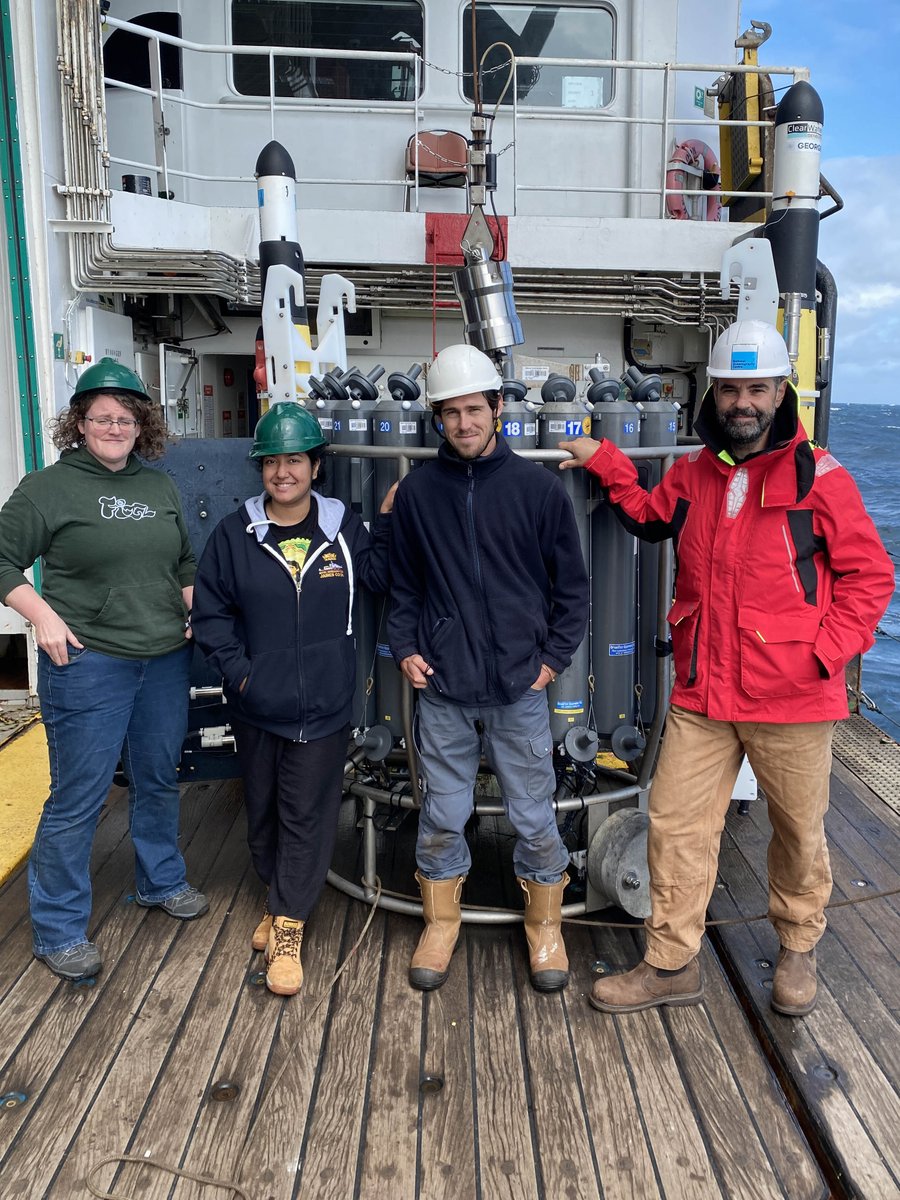
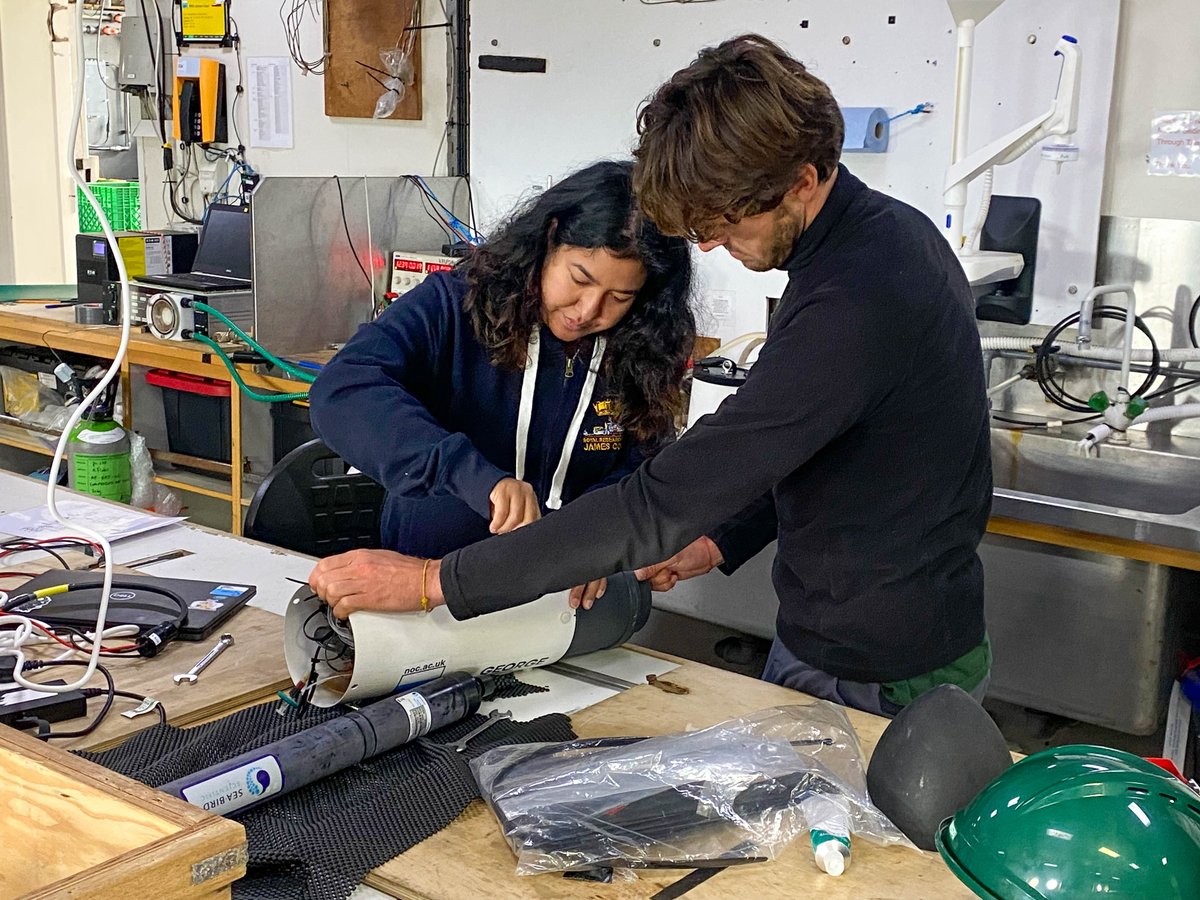

GEORGE technologies are featured in a @BBC report. The piece touches on the importance of measuring throughout the entire water column. GEORGE addresses this through creating technology for multiple autonomous platforms. ➡️bbc.com/news/articles/… @NOCnews
🚢The RRS James Cook departed on Friday for the Porcupine Abyssal Plain, where new autonomous sensors from the GEORGE project will be tested together in the deep sea for the first time. Bon voyage! 🌊👋 Follow us for updates from the mission! Read more: george-project.eu/2025/05/28/new…
Big news! 🌊 GEORGE is starting a major deployment of novel measurement sensors for ocean carbonate measurements at the Porcupine Abyssal Plain (PAP) in the Northeast Atlantic. The deployment, led by @NOCnews, will last for a year. 👉 Read the full story: george-project.eu/2025/05/28/new…

Final prep is underway for a major GEORGE deployment at the Porcupine Abyssal Plain this June! New TA, DIC & pH sensors have been added to the EMSO Generic Instrument Module which will be deployed at to 5 km depth for a year 🌊 @Ifremer_fr @EMSOeu 🔗 doi.org/10.3389/fmars.…
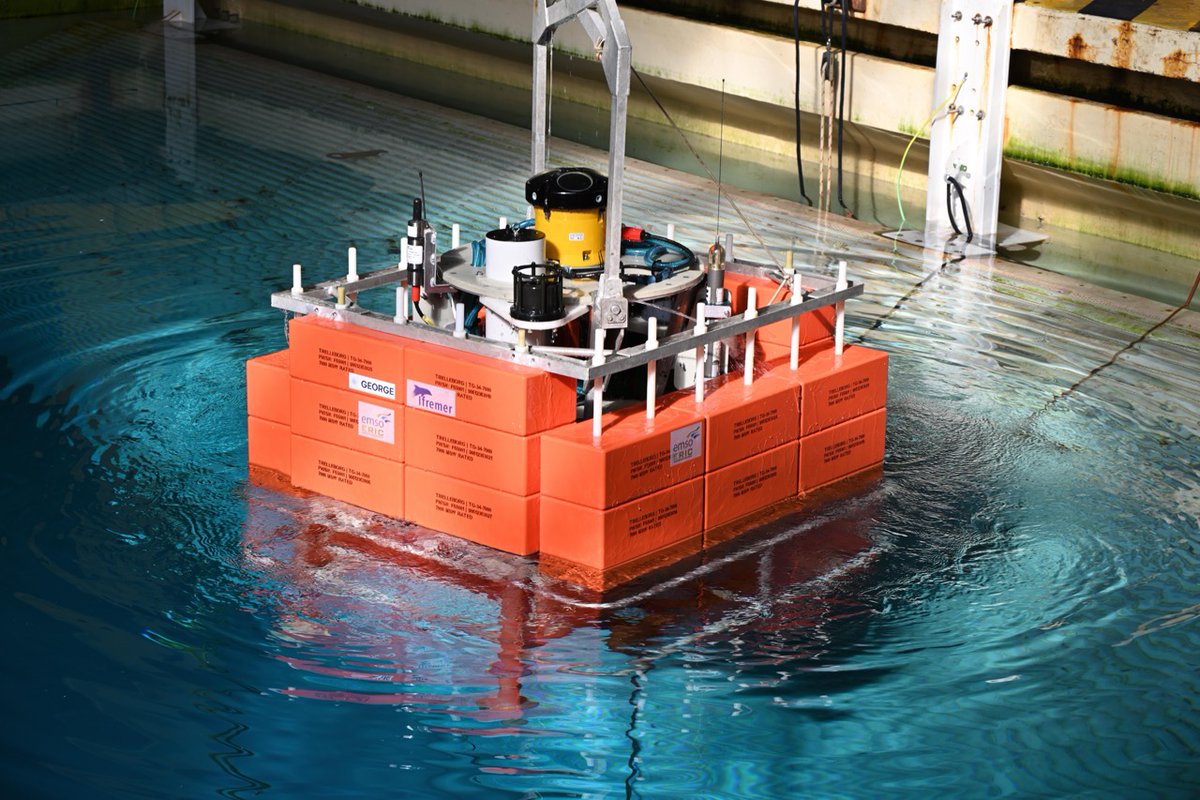
Registration is now open for GEORGE partner Euro-Argo ERIC's 8th Euro-Argo Science Meeting, organised in Crete, Greece on 23-25 September 2025. ➡️ Learn more and register: george-project.eu/2025/06/30/8th… @EuroArgoERIC
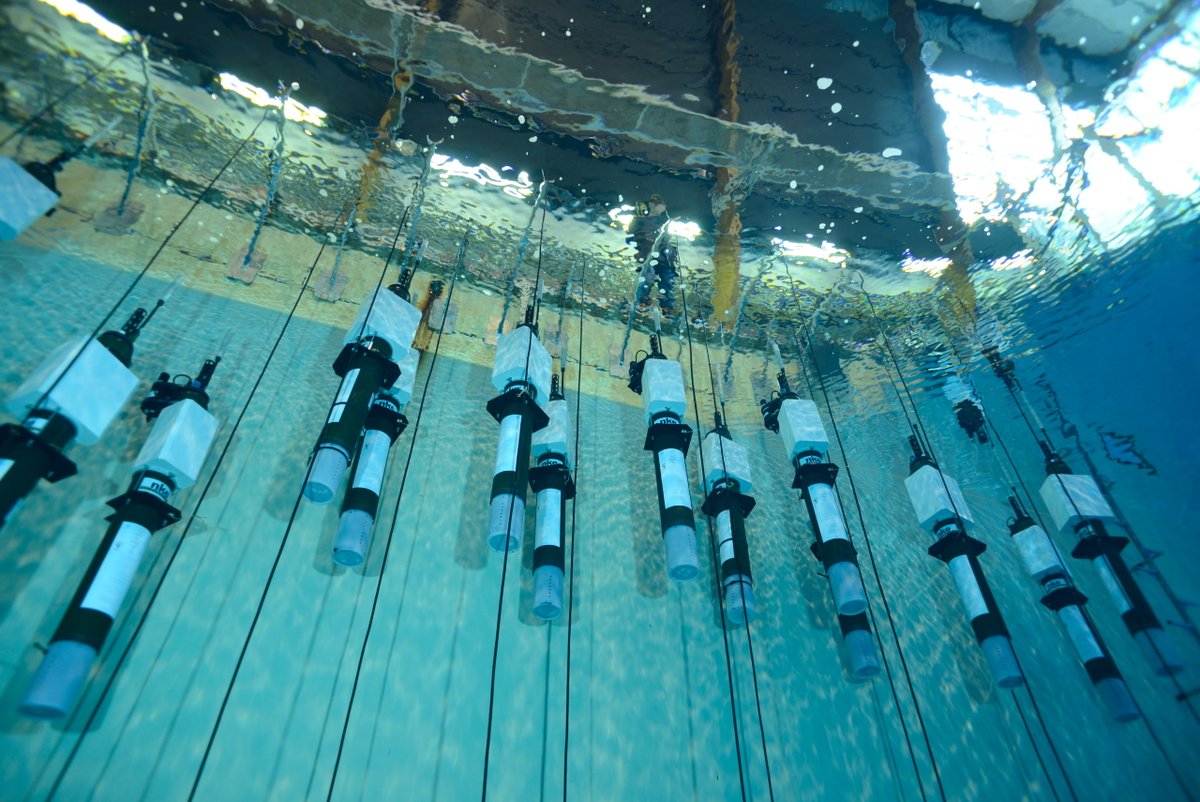
The Sailbuoy autonomous surface ocean measurement platform was deployed yesterday off the coast of Ireland. The platform is equipped with #CaPASOS, a system for CO₂ measurements developed and optimised in GEORGE🌊
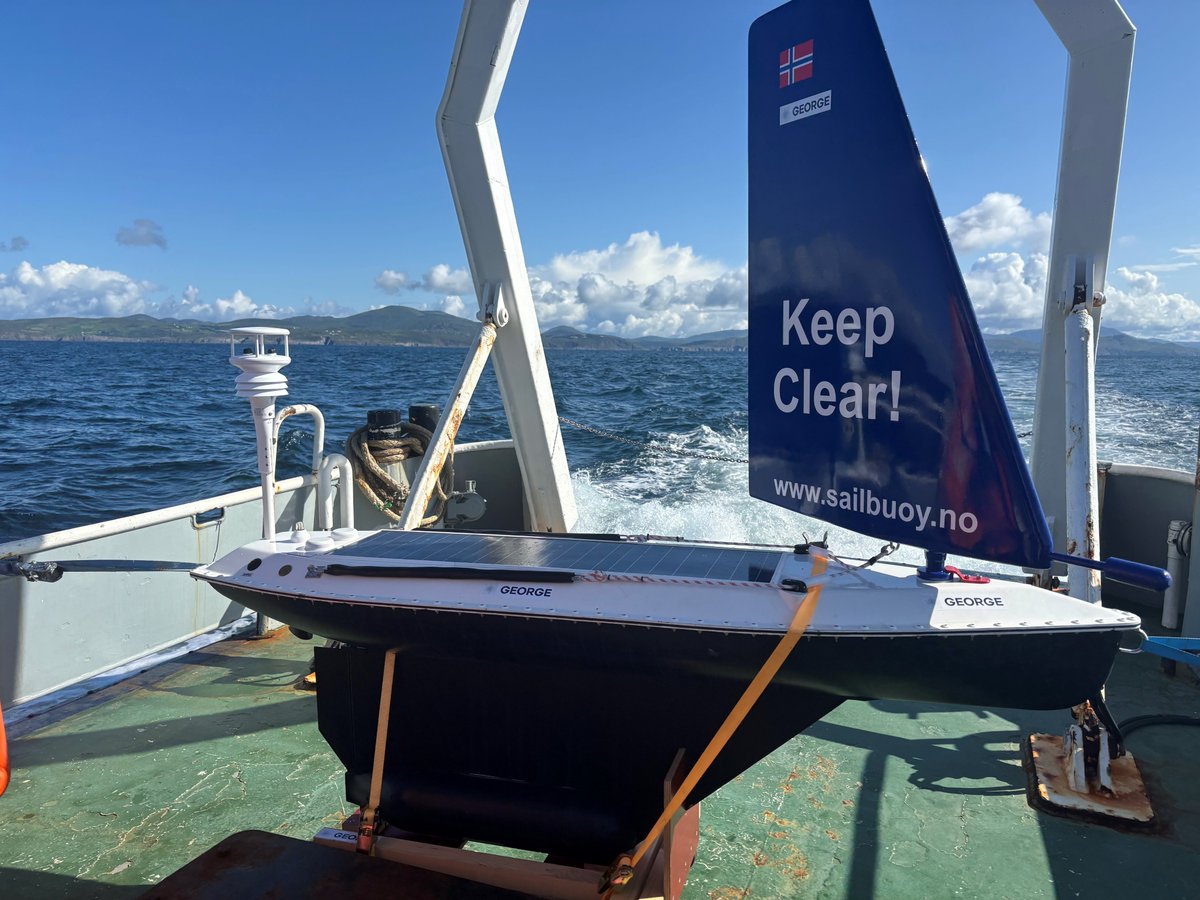
Recordings of the side events hosted by GEORGE partners at #UNOC3 are now available on the #EUDigitalPavilion website 💻 ➡️ View the recordings here: digitaloceanpavilion.eu/content/the-eu…
GEORGE partners @ICOS_RI and @Euro-ArgoERIC hosted three successful side events at UN Ocean Conference, discussing global ocean observation gaps, the #Argo programme, tech innovations and climate policy. ➡️ Read more: george-project.eu/2025/06/25/thr… #UNOC3
GEORGE partners @ICOS_RI and @Euro-ArgoERIC hosted three successful side events at UN Ocean Conference, discussing global ocean observation gaps, the #Argo programme, tech innovations and climate policy. ➡️ Read more: george-project.eu/2025/06/25/thr… #UNOC3
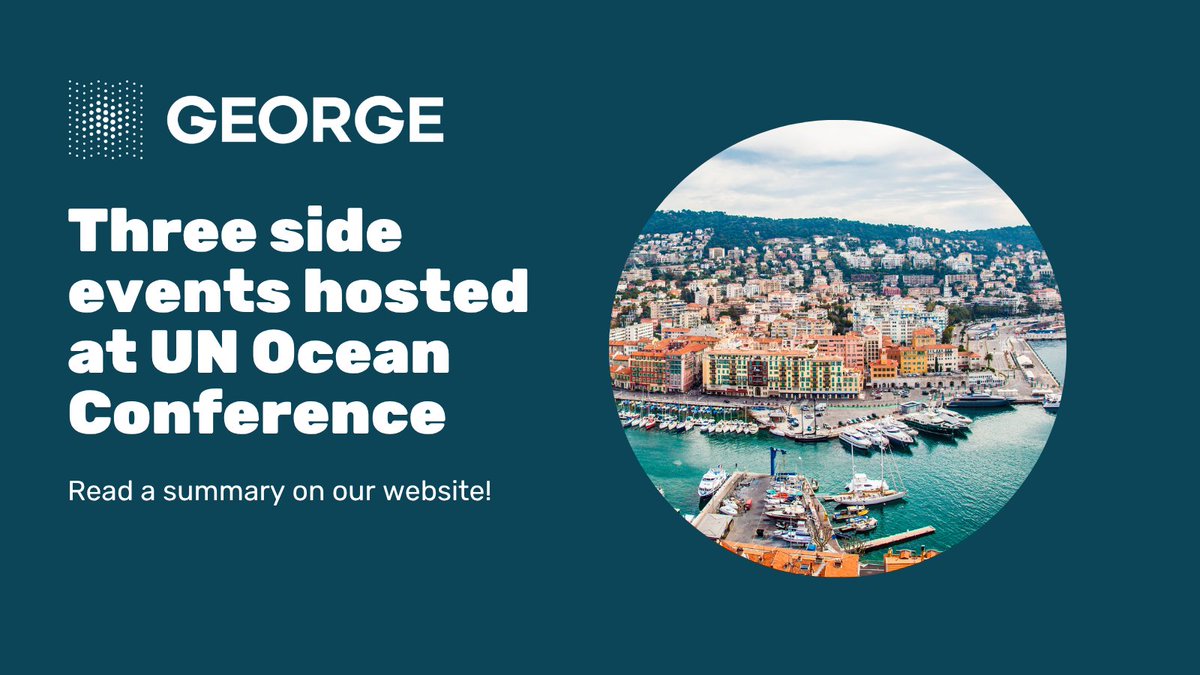
GEORGE has developed a sampler for validating autonomous inorganic carbon measurements over long deployments. Last week at the PAP site, the samplers were installed on a large buoy for their first real-world test. Samples will be preserved for months for later lab analysis 🥇
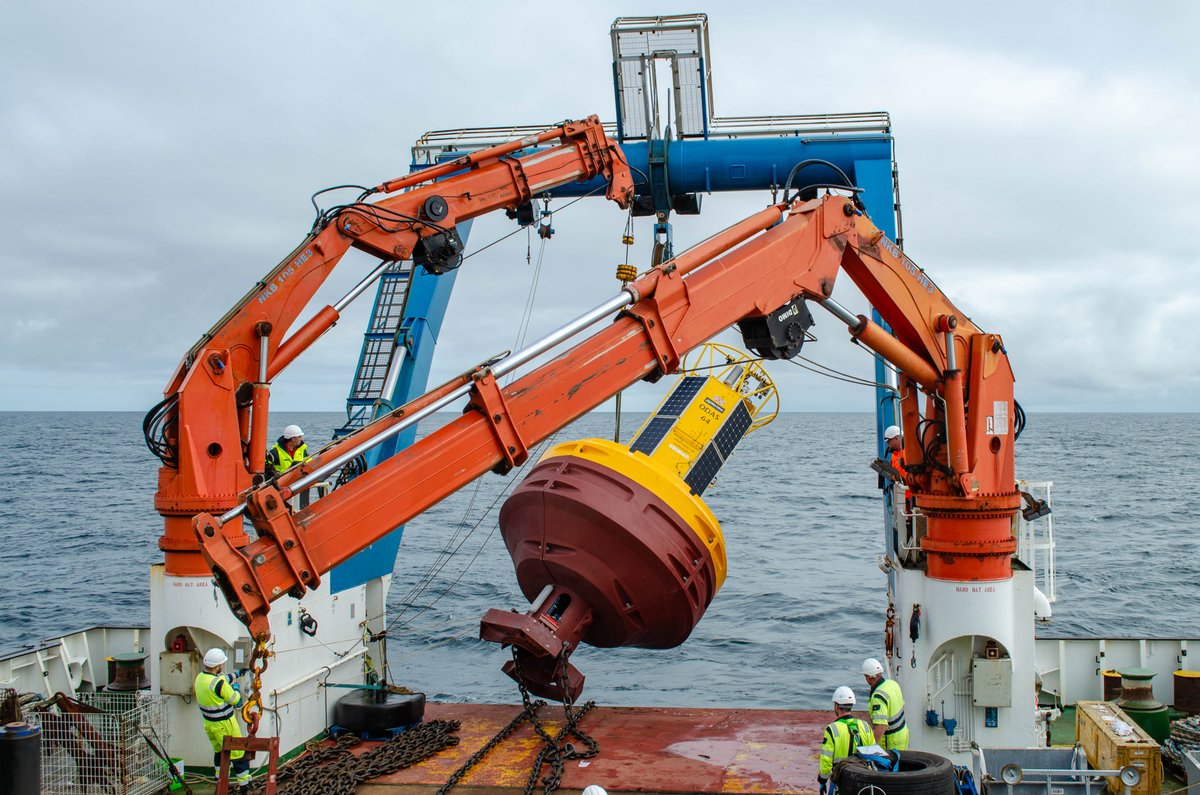
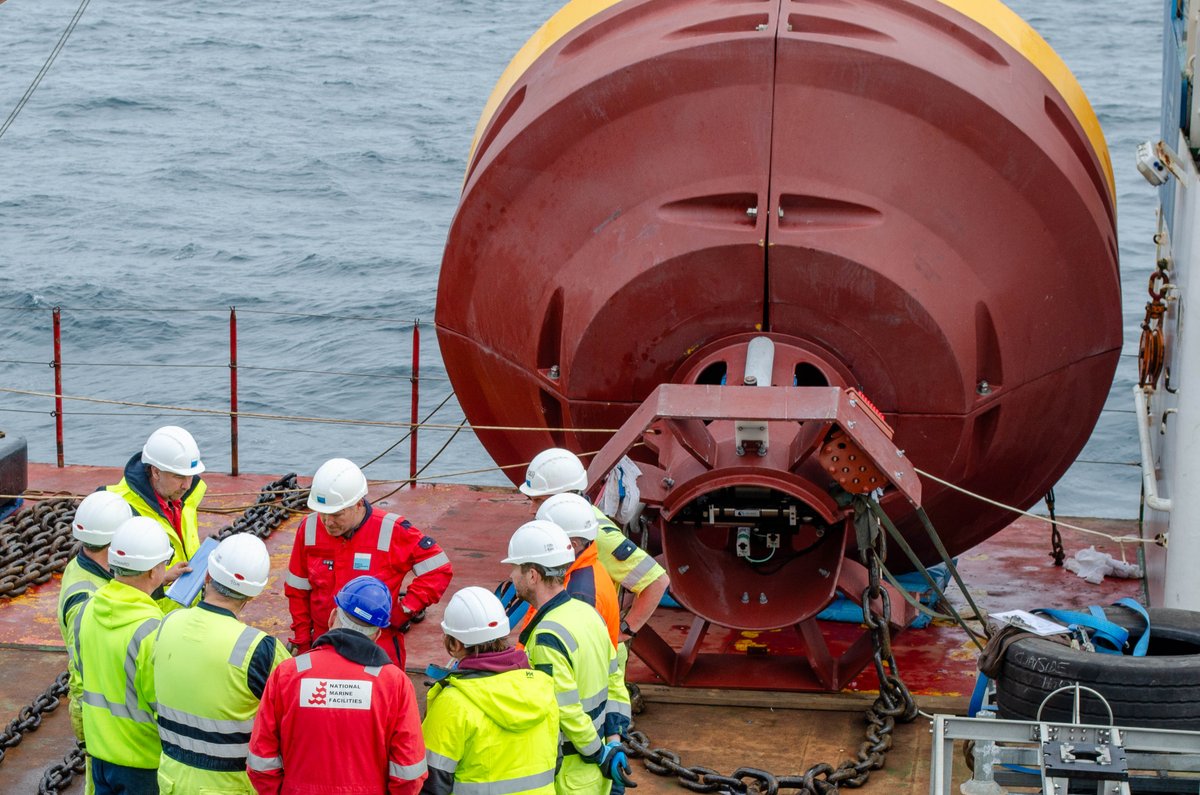

Last week, EMSO Generic Instrument Module (EGIM) seabed lander was successfully deployed at the PAP site in NE Atlantic, with new TA, DIC, pH & pCO₂ sensors developed in GEORGE. The EGIM was lowered to 4,850 m, where it will remain for a year to do autonomous measurements🌊
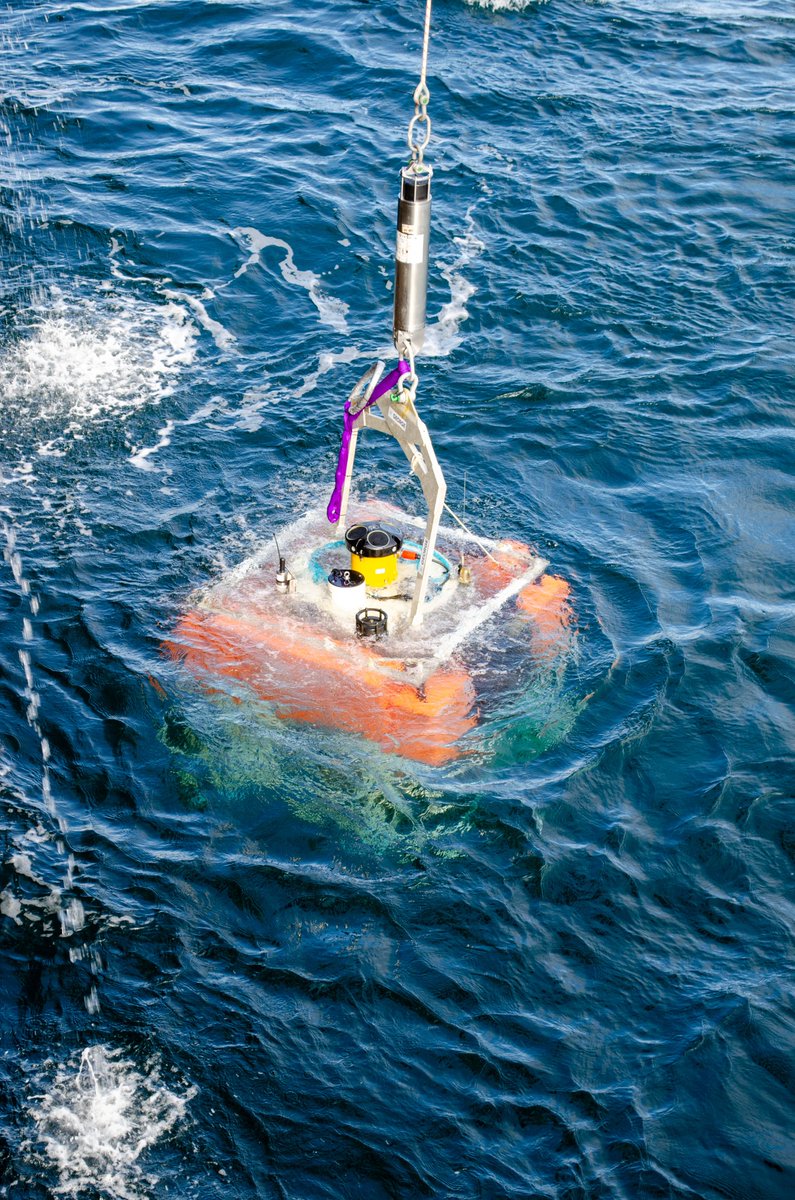
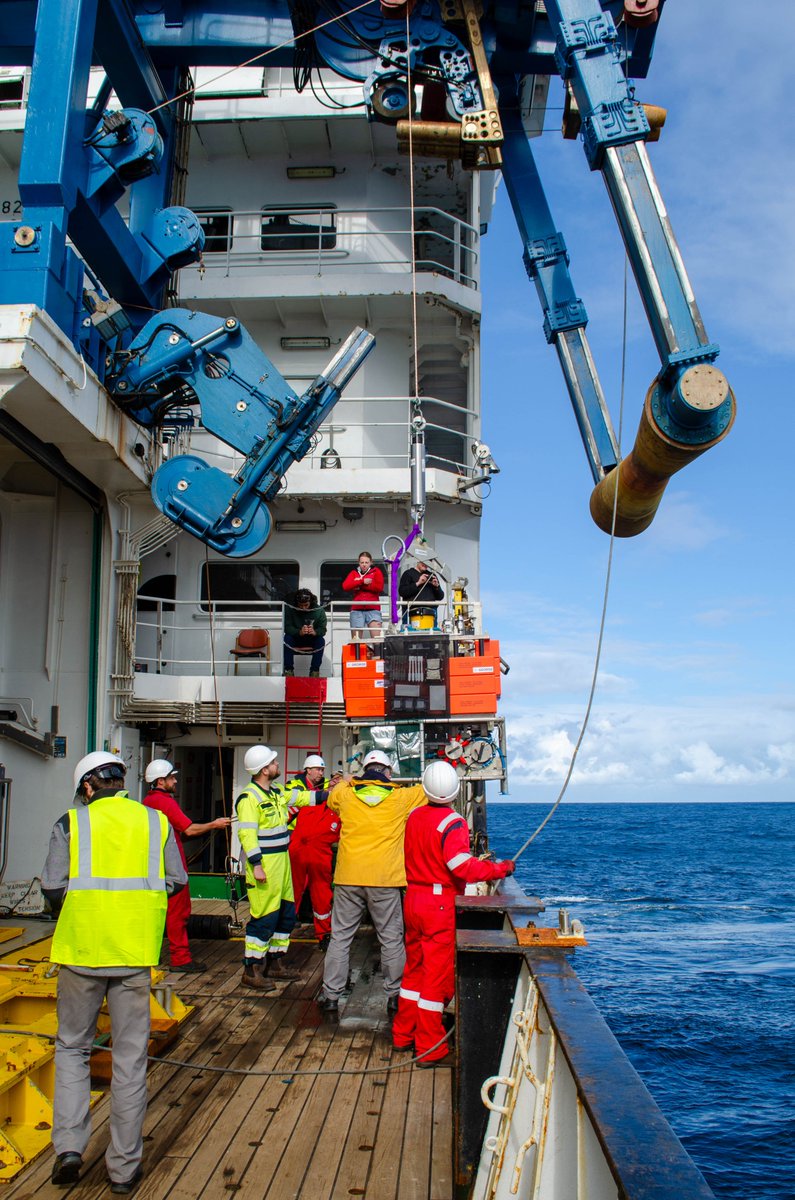

News from the Northeast Atlantic🌊Two #SEAEXPLORER gliders, fitted with new TA and pH sensors developed in GEORGE, have been profiling the water to 1000 m for the past 11 days. Data are being validated against ship and mooring sensors. Recovery planned for tomorrow, 17 June🚢👏
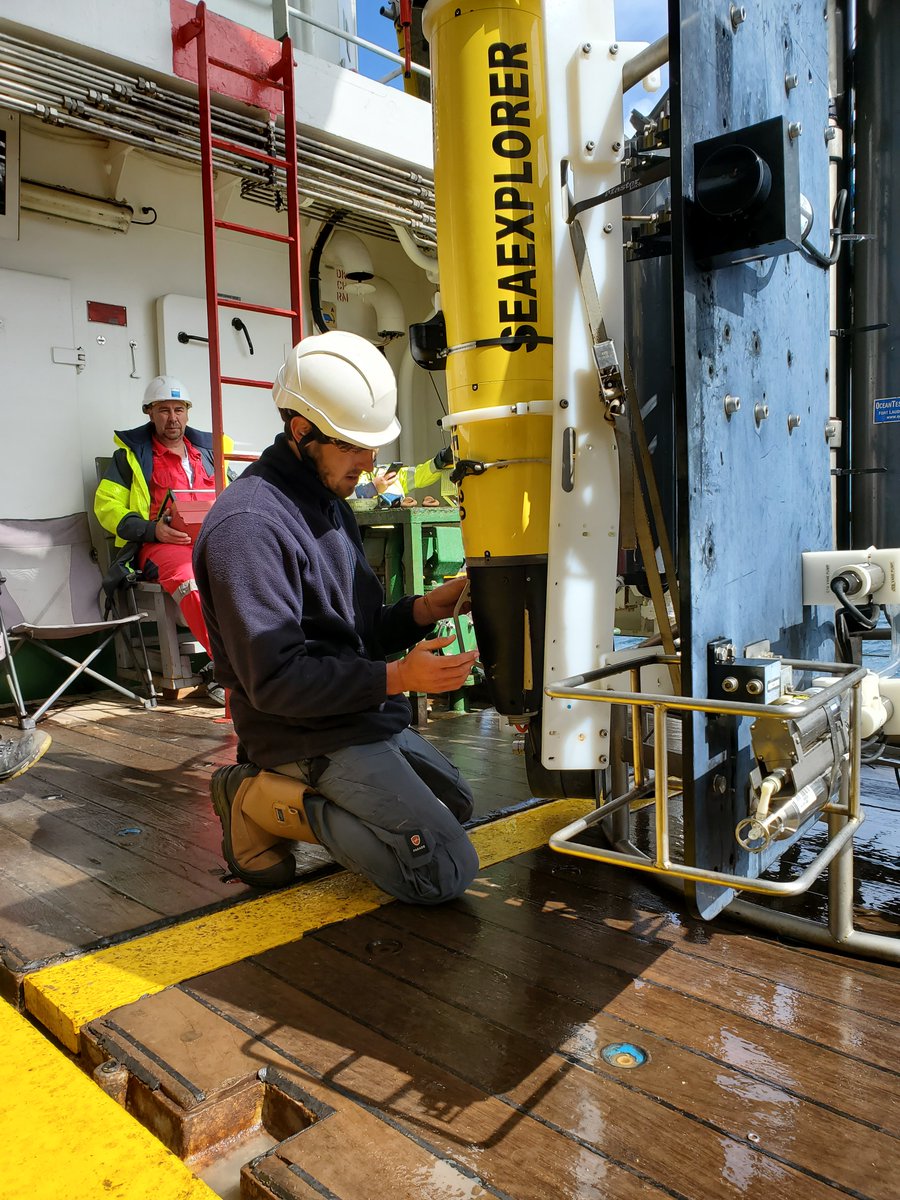
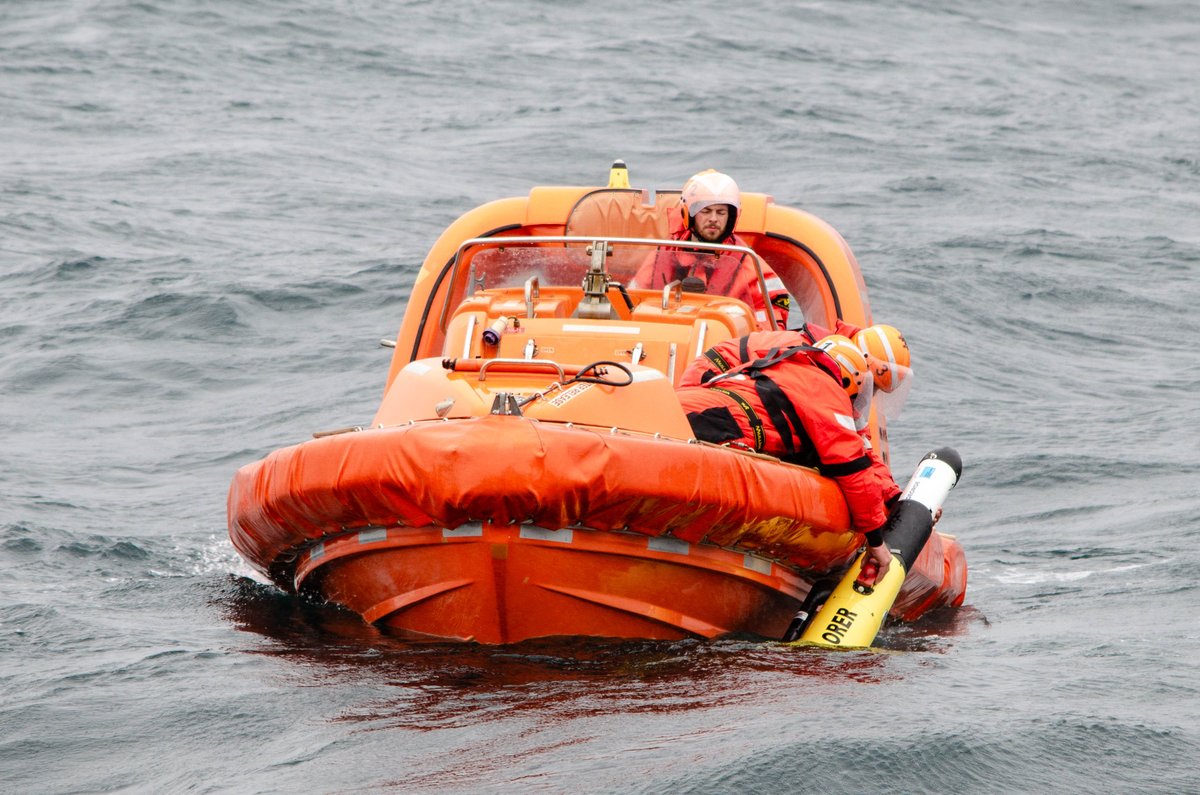

GEORGE contributed to several side events at UN Ocean Conference. Our panel events delved into autonomous observing technologies, mCDR, and need of quality ocean carbon data. Thank you to everyone involved for a successful week! 🌊 #UNOC3 #UNOceanConference #HorizonEurope

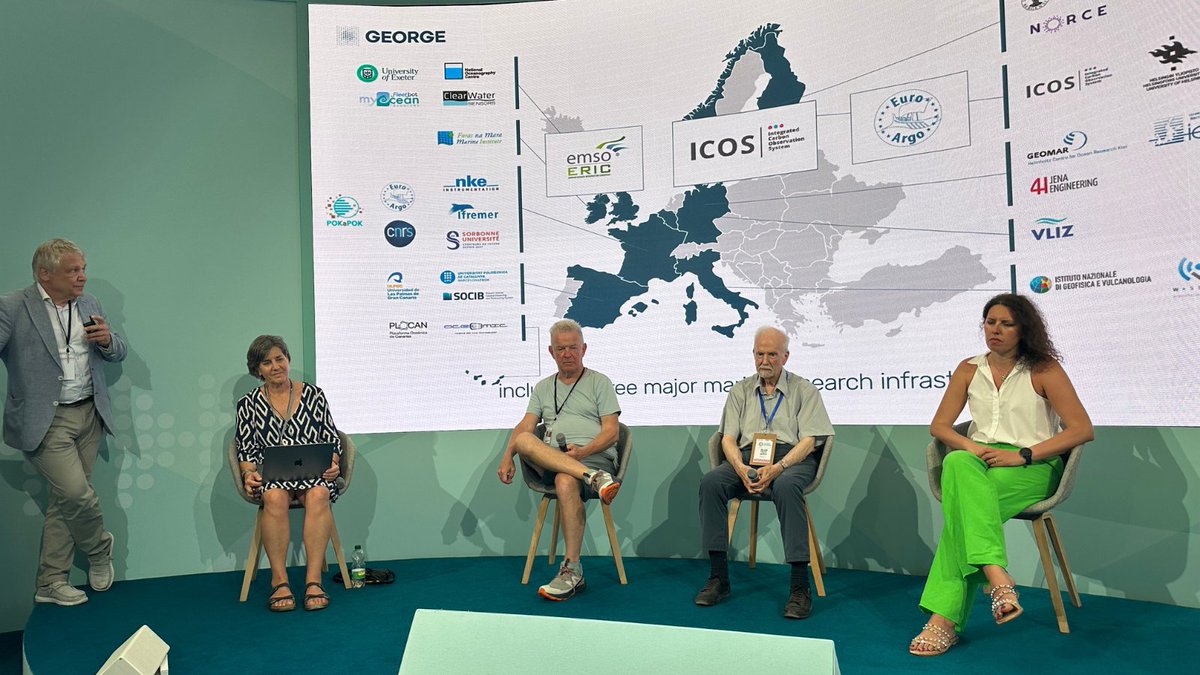


The #RSSJamesCook has reached the PAP site in the Northeast Atlantic and teams and are preparing the gliders and floats for deployment. Last minute checks have also been done on the PAP mooring buoy and fixed ocean station sampler. Follow for more updates! 🌊
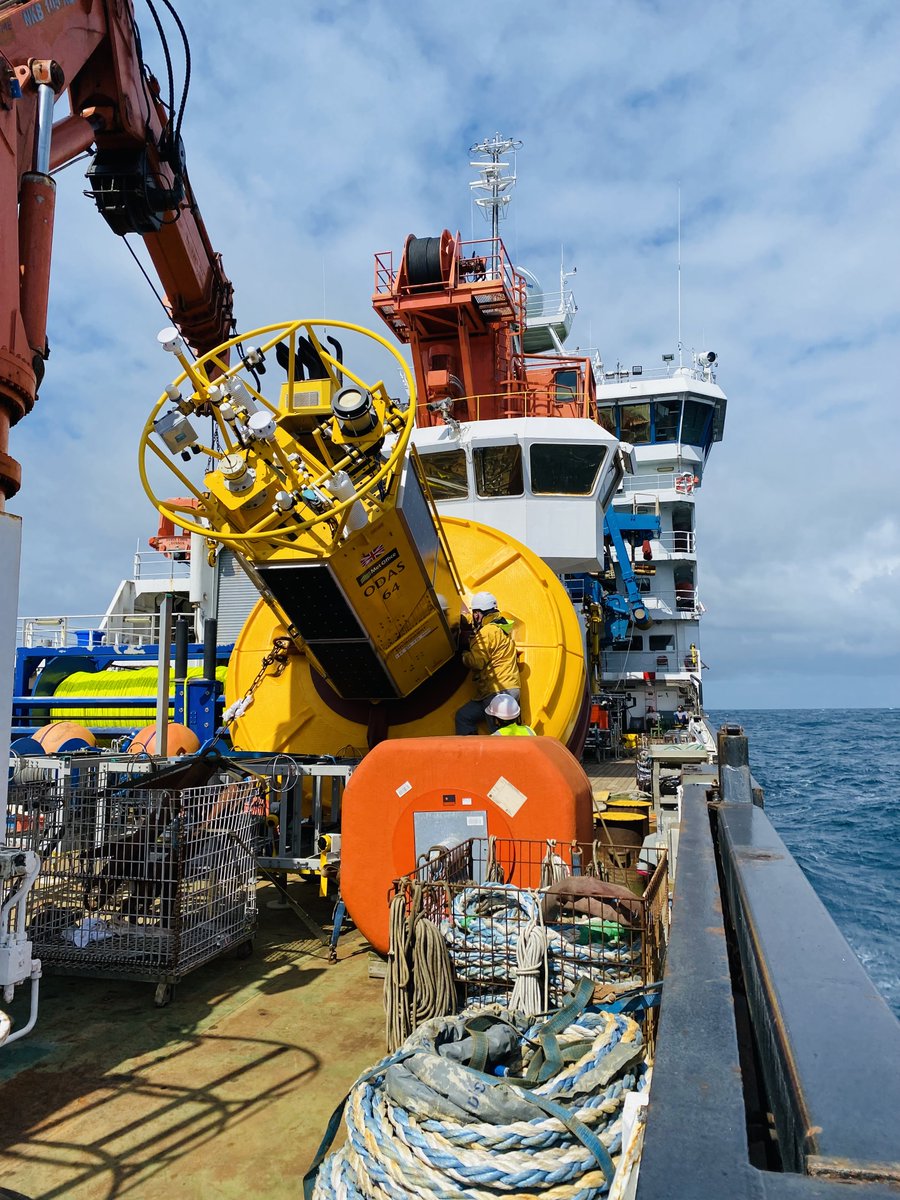
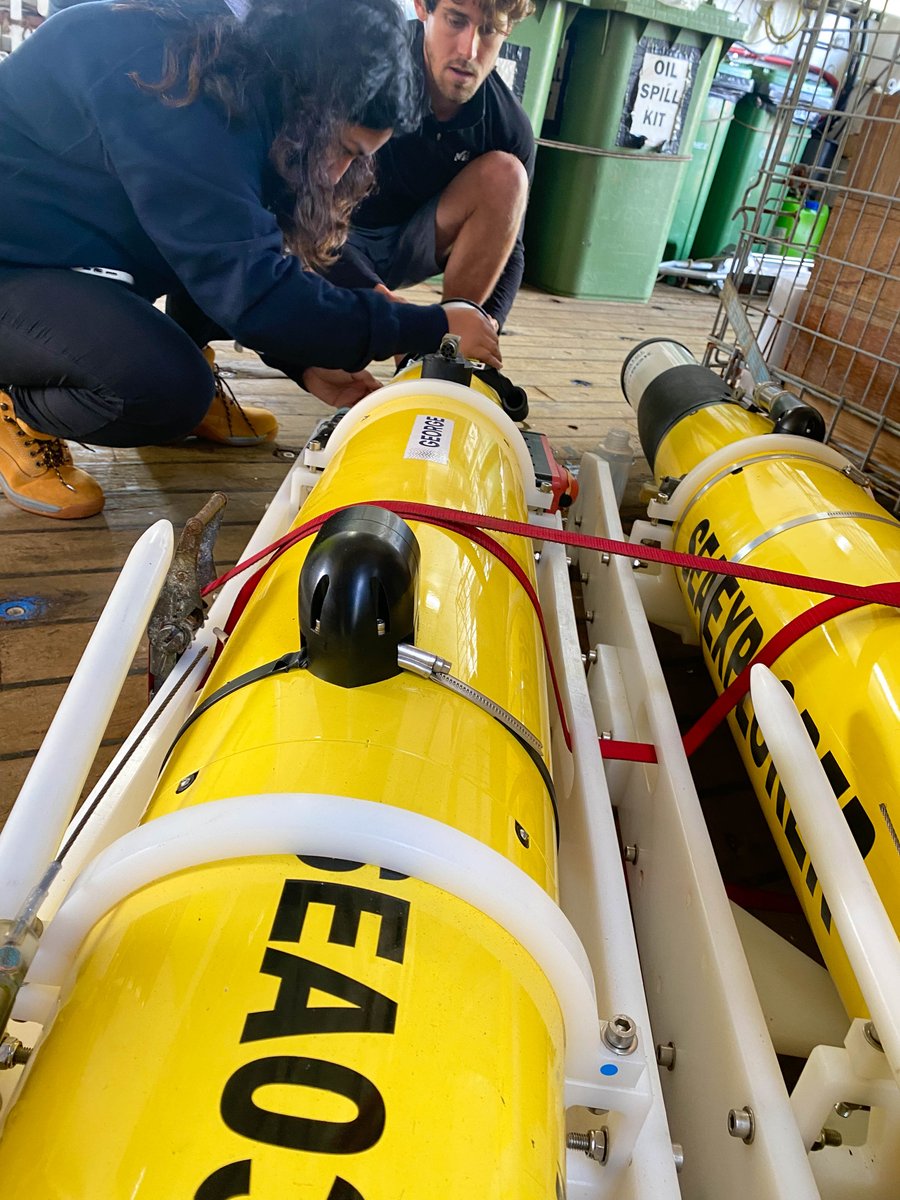
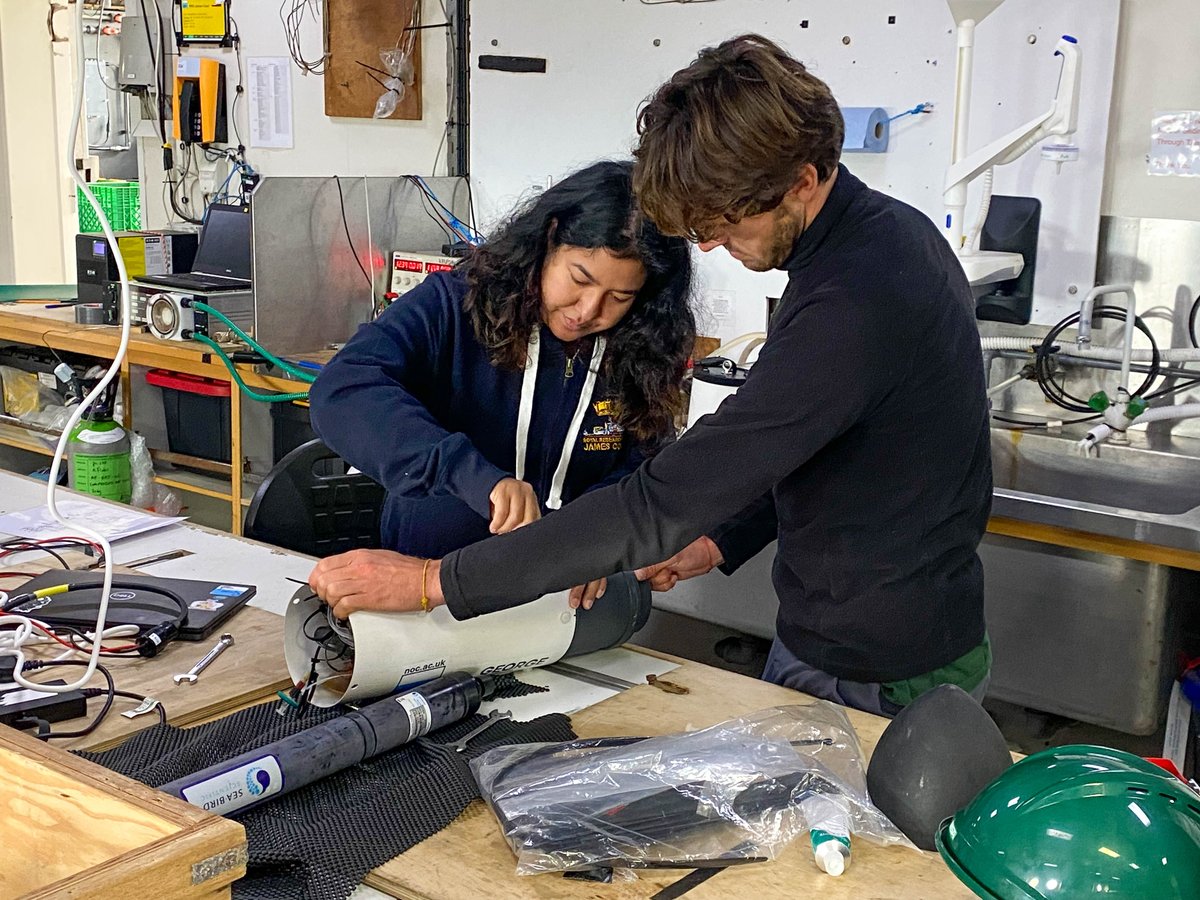

👋Bon voyage to all on board the RRS James Cook who departed today on a major scientific expedition, marking 40 yrs of cutting-edge science at one of the world’s most unique deep ocean scientific observatories! @GeorgeEUproject @NERCscience @UKRI_News noc.ac.uk/news/noc-exped…
Join us on 12 June in Nice, France, for an off-site side event of the UN Ocean Decade Conference! #UNOC3 🗓️14:00–16:00 📍Théâtre de la Semeuse Hosted by @ICOS_RI, @jpioceans & @OceanFrontier The event is open for all - read more & register now: ow.ly/FLQ550VRMk3
Join our side events at UN Ocean Decade Conference! 🌊GEORGE partners @ICOS_RI and @EuroArgoERIC are hosting side events on 12 June. The side events are open to the public. Read more: george-project.eu/2025/05/13/geo… #UNOC3 #EUDigitalOceanPavilion

Great poster by GEORGE partners Leibniz-Institute for Baltic Sea Research Warnemünde (IOW), @GEOMAR_en and colleagues at #EGU25: OneArgo’s bridging role in ocean CO2 observations – The Baltic Sea pilot case. See the full abstract: meetingorganizer.copernicus.org/EGU25/EGU25-16…

